Seasonal affective disorder treatment is relatively straightforward and generally effective, so there is no reason that you should have to suffer from the debilitating symptoms of SAD. If you suspect that you have SAD, you should check with your doctor and get a proper diagnosis, then you can begin to develop a treatment plan to help you deal with the symptoms.
The traditional forms of treatment for SAD include light therapy, medication and psychotherapy. Usually one of these approaches or a combination of them can help to keep symptoms under control. If you suffer from bipolar disorder you should inform your doctor before undergoing light therapy or taking medications for depression as these can actually trigger manic episodes in bipolar individuals.
Because SAD is connected directly to the lack of light during fall and winter, light therapy can be a very effective form of seasonal affective disorder treatment for fall/winter SAD. This therapy involves sitting a few feet from a special light box that replicates natural, outdoor light. There are quite a few light therapy boxes available, so you should discuss your options with your doctor in order to determine which will work best for you.
In many cases, this extra exposure to light may be all that is necessary to balance levels of the brain chemicals that are responsible for SAD symptoms. In other cases, it may be necessary to rely on an antidepressant such as Wellbutrin in order to combat symptoms. Oftentimes, depression can lead to insomnia, so a medication such as Lunesta that helps you sleep might be recommended along with the antidepressant.
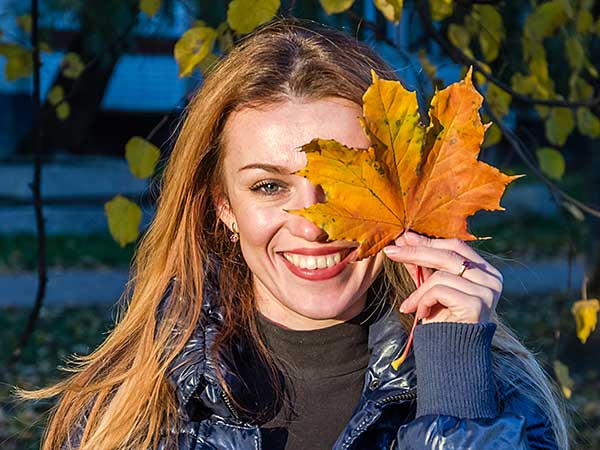
nikirov / stock.adobe.com

nikirov / stock.adobe.com
Regardless of which treatment options you end up choosing, engaging in psychotherapy, which allows you to talk through your symptoms, may be an extremely helpful exercise.
Aside from these more formal types of seasonal affective disorder treatment, there are simple steps you can take to help combat signs of depression brought on by the change of seasons. These can include doing everything you can to increase the amount of sunlight you get every day, whether you go out for a walk or just sit in the sun or even cut back tree branches or add skylights to your home to allow more sunlight in.
Getting fresh air and exercise are helpful in combating all forms of depression, but even more so with SAD. The more you move around and breathe in the air, the better you’ll feel and the less likely you’ll be to fall victim to lethargy, sluggishness or irritability. Often, we tend to slow down in the winter months and go into a “hibernation” of sorts, but closing ourselves off like that can just make symptoms worse.
Alternative Seasonal Affective Disorder Treatment
If you don’t like the idea of traditional medications and prefer an alternative form of seasonal affective disorder treatment, you might want to consider some natural supplements that have had some success in targeting SAD symptoms. These include St. John’s Wort, SAMe, Melatonin and Omega-3 fatty acids. Always consult with your doctor before taking any medications including herbal or natural remedies as many can have serious side-effects or drug interactions.
No matter what type of treatment you opt for, it can be crucial to start treatment before the normal onset of symptoms and continue it for some time after the symptoms usually subside. This can help your body get into a regular rhythm, which in turn can help to combat symptoms. At any rate, the ultimate goal of any treatment is to get you back to enjoying life throughout the year.
Related Articles:



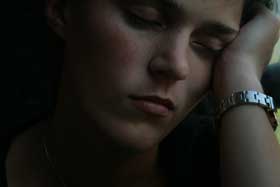
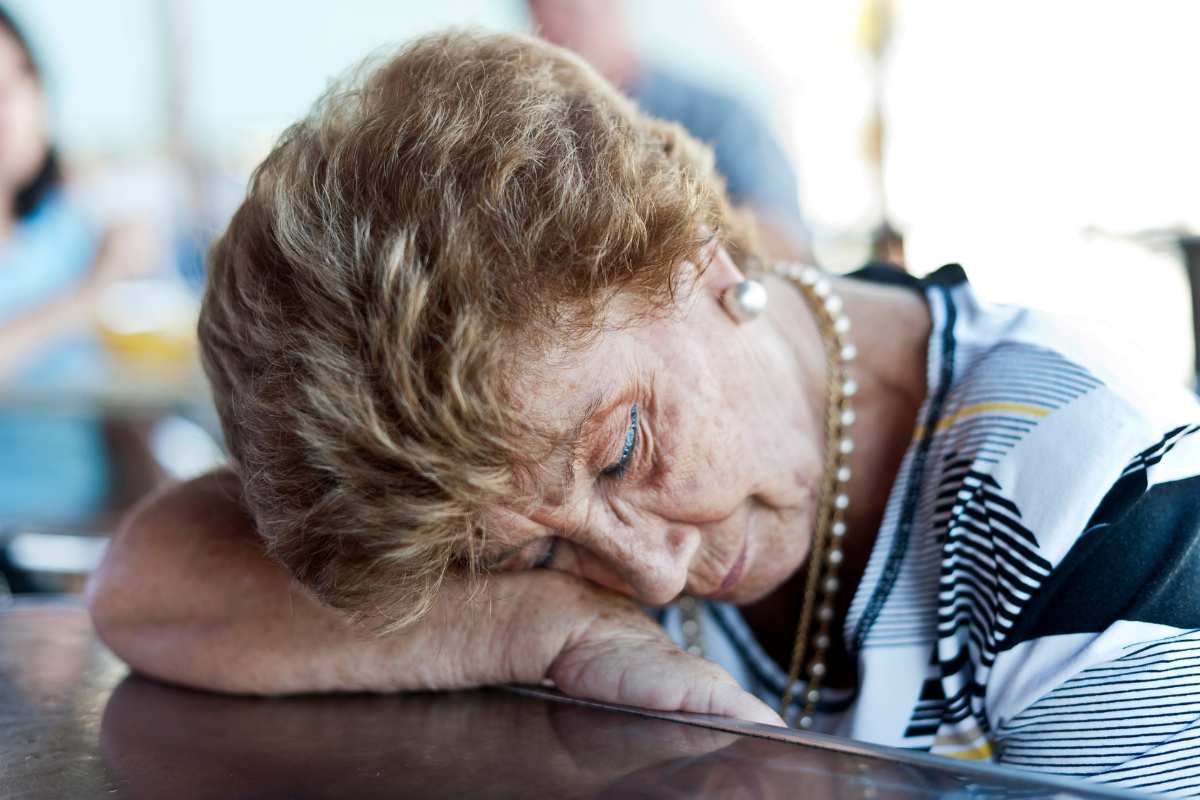
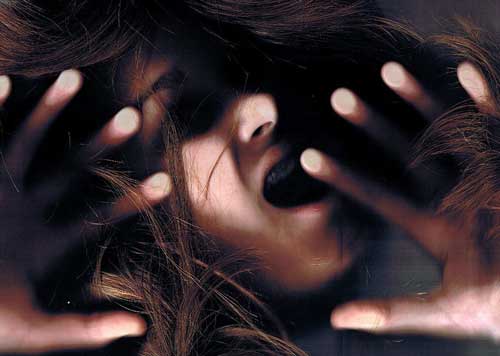

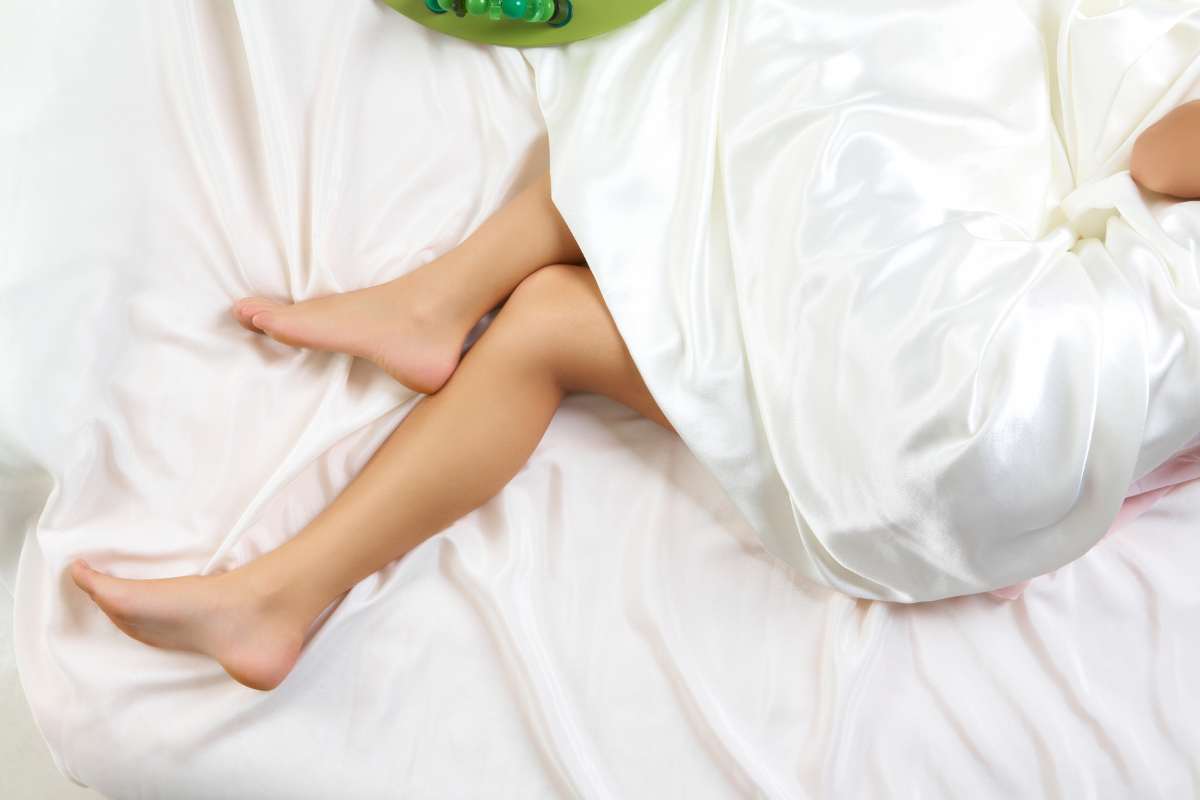

New! Comments
Share your tips and feedback. Leave me a comment in the box below.